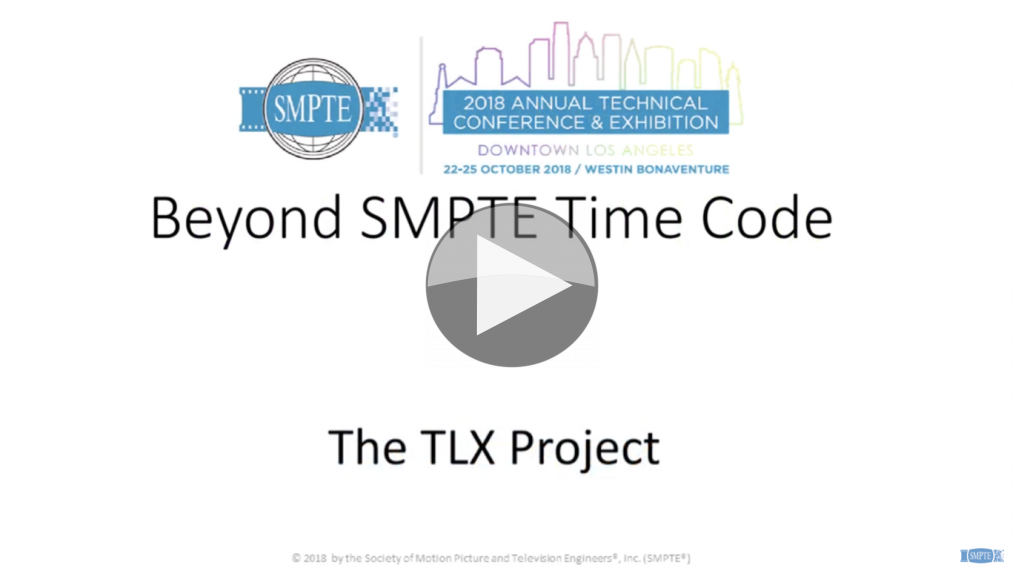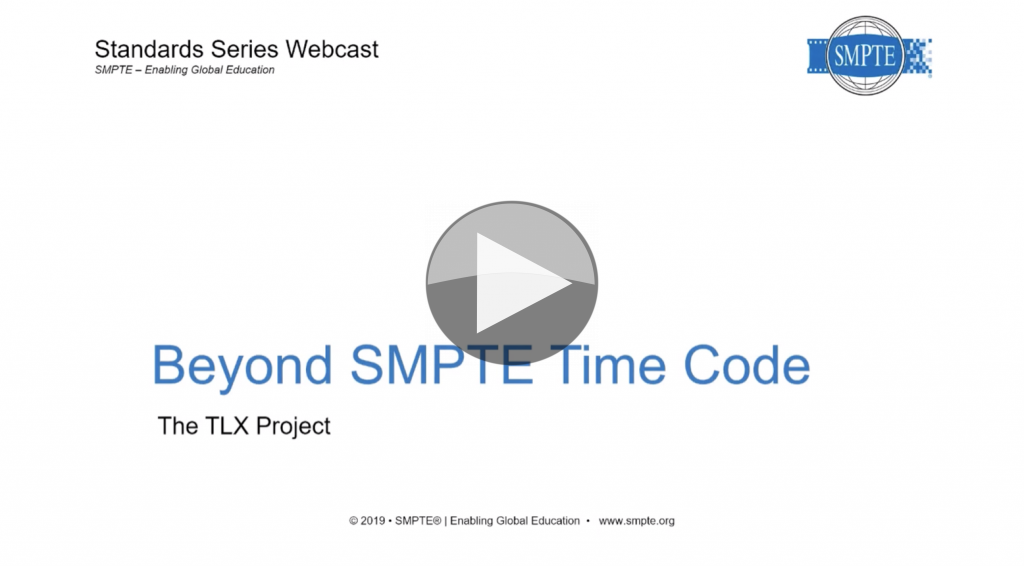SMPTE Timecode, created in the 1970s, has been a tremendous success – so is there reason to reinvent it? SMPTE says yes, and SMPTE Fellow Peter Symes explains why.
SMPTE Timecode is in constant use globally in the broadcast industry, but also in many other industries. The standard SMPTE ST12 is still much he same as the first version of the standard, but it has been updated over the years to deal with new frame rates and to adapt to new technology. However there are limits to what it can achieve without being re-defined and some of the original technologies and restrictions that originally guided the way it was created are outdated and superseded.
Peter Symes explains the TLX project which is in progress to create a successor to ‘SMPTE Timecode’. The new requirements pushing the TLX project forward are moving away from ST 12’s audio-based format, supporting any frame rate, having no 24-hour duration limit and work with the legacy timecode.
TLX stands for Time Label Extensible and is delivering on its promise of an extensible standard – as so many are nowadays – and already has ways of working with ST 2059 (PTP synchronisation) and ST 2110 (for uncompressed video over IP).
Speaker
 |
Peter Symes SMPTE Fellow |





